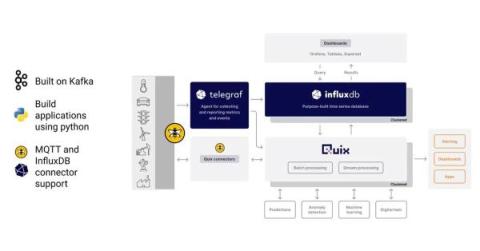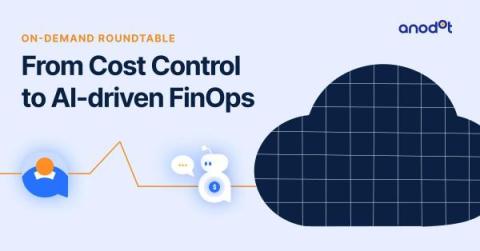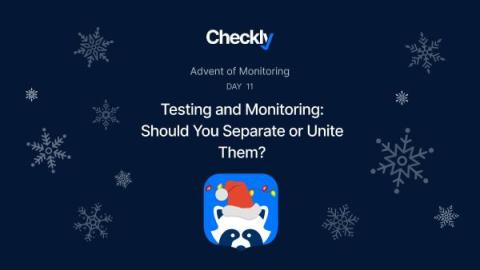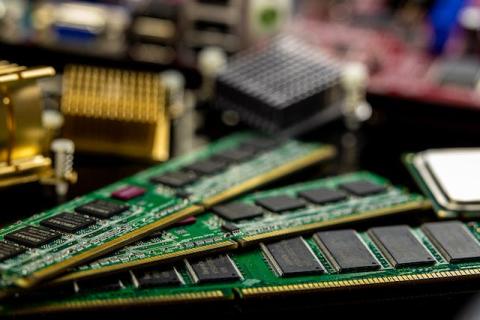Operations | Monitoring | ITSM | DevOps | Cloud
Technology
The latest News and Information on APIs, Mobile, AI, Machine Learning, IoT, Open Source and more!
Roundtable Recap: From Cost Control to AI-driven FinOps
Did you miss our latest roundtable on AI-driven FinOps? Don’t worry, we got you! In this recap, we’ll review what our FinOps experts discussed and the key takeaways from the roundtable discussion. Not much of a reader? Watch it on demand!
How AI Can Catalyze Digital Resilience: An Introduction to Splunk's Philosophy
The Advent of Monitoring, Day 11: Testing and Monitoring: Should You Separate or Unite Them?
The two key pillars of building reliable applications are: testing and monitoring. With testing, you can verify that each pull request works before it’s merged and deployed to production. Just testing isn’t enough, though. You also need to make sure that the application continues to work on production. Database rollovers, third-party outages, and unexpected spikes in traffic can all cause issues that need to be detected.
API Scraping Using Cribl And Setting Up a Notification Assistant
Cribl Stream is awesome at routing your server logs and making your job easier, but could it help you outside of work and potentially make your personal life easier? The short answer is: Yes. I’ve personally used Stream to build a notification system to inform me when certain products go on sale or when fully booked appointments become available. In this blog, I’m going to take this a step further and show you how to.
RAM - What Is It and How to Increase It
The Advent of Monitoring, Day 10: Better Observability Into Your Local Clickhouse Instance With Grafana and Prometheus
Cloud-based database providers often provide great observability out of the box. But, what if you’re developing a tricky feature locally and need more details about what your local Clickhouse is doing? There are many options, but if you’re a numbers and graphs person like me, you’ll want to be able to view the inner workings of Clickhouse in something like Grafana.
Episode 1 | Tushar Srivastava on BPM, Process Mining and AI Automation
The Advent of Monitoring, Day 9: Advantages of Multi-Step API Checks vs Original API Checks
This is the ninth part of our 12-day Advent of Monitoring series. In this series, Checkly's engineers will share practical monitoring tips from their own experience. As a Checkly user, you’ve always had access to our two core check types: API and browser checks. API Checks are much cheaper, and therefore only run a curl-like request against the endpoint of your choice.











